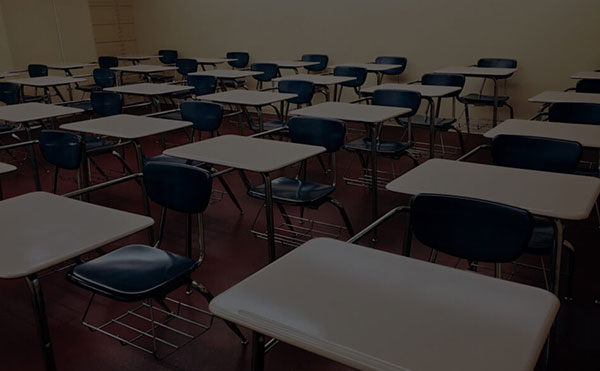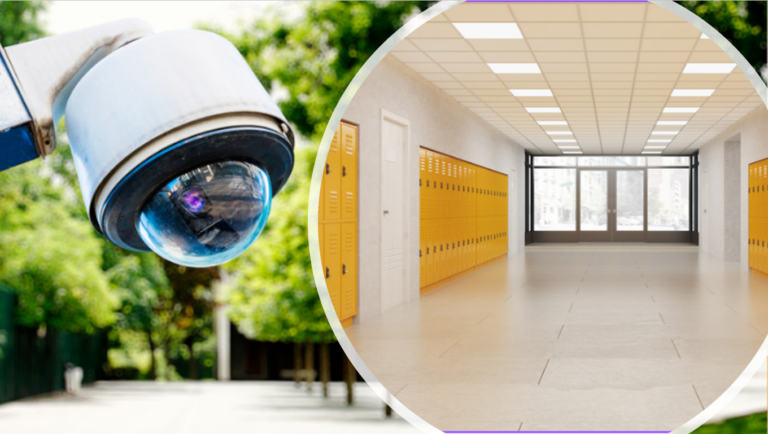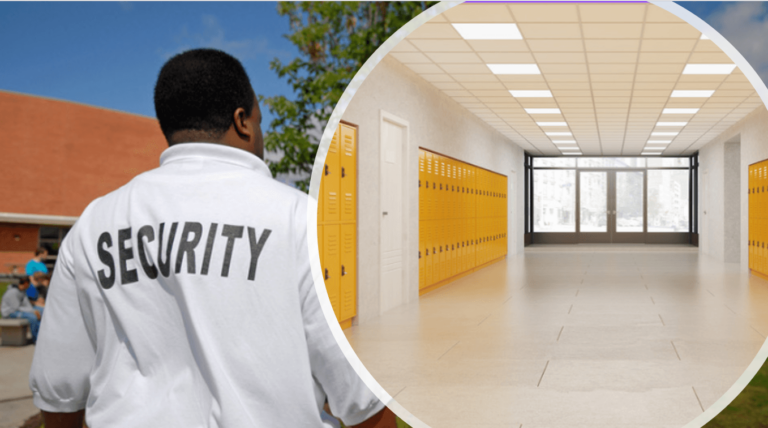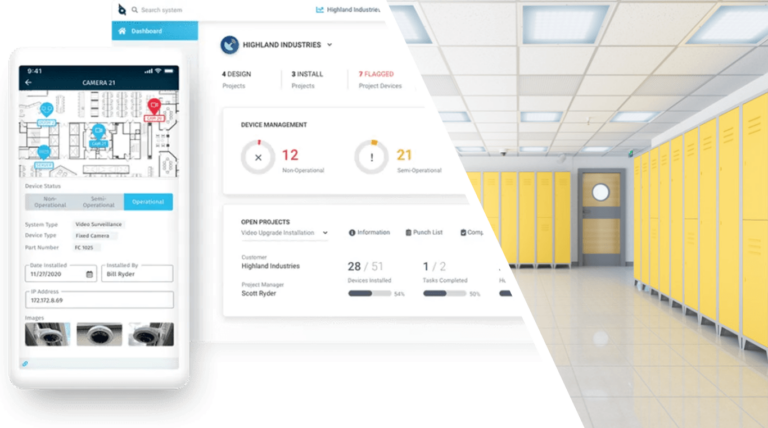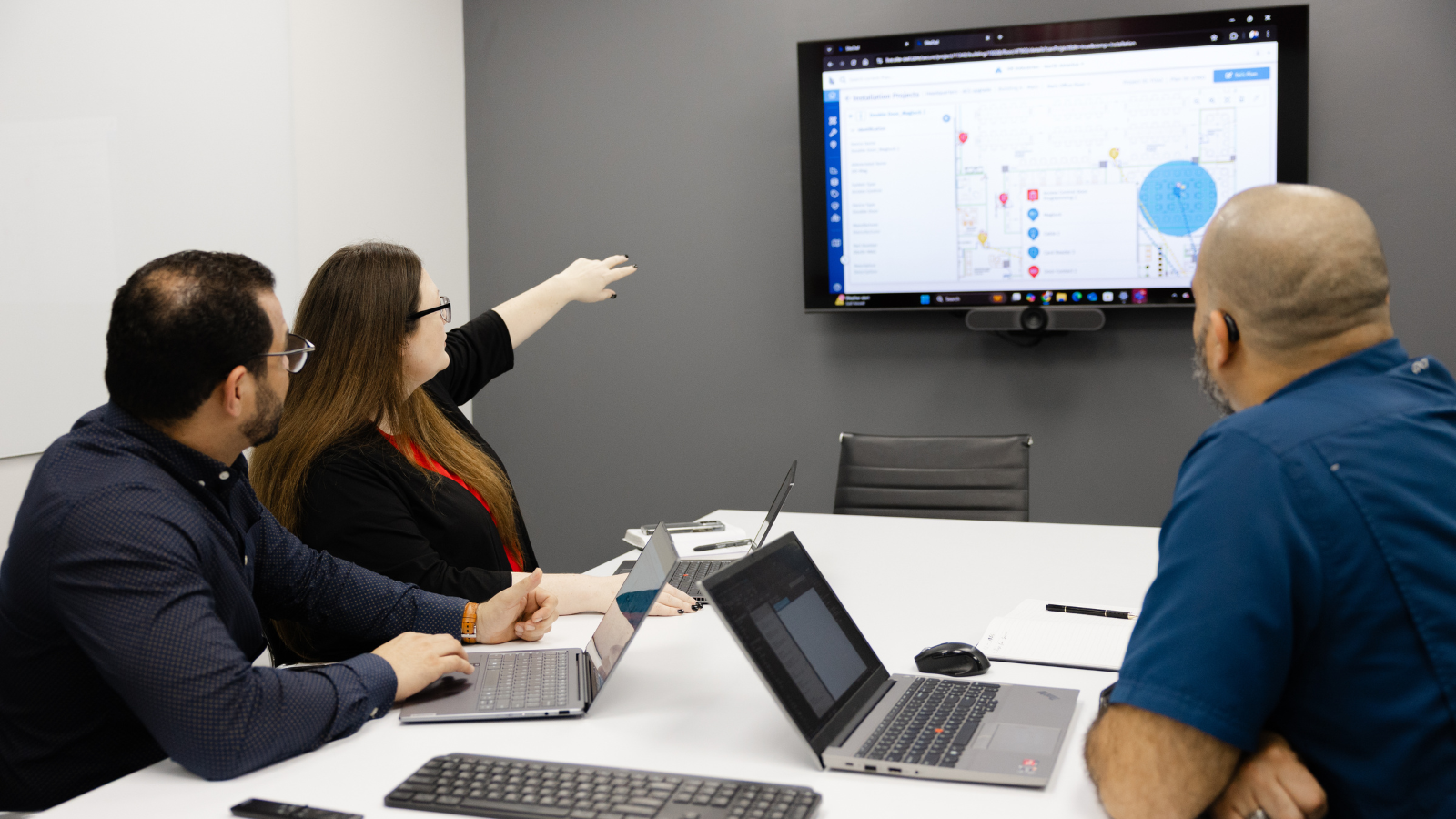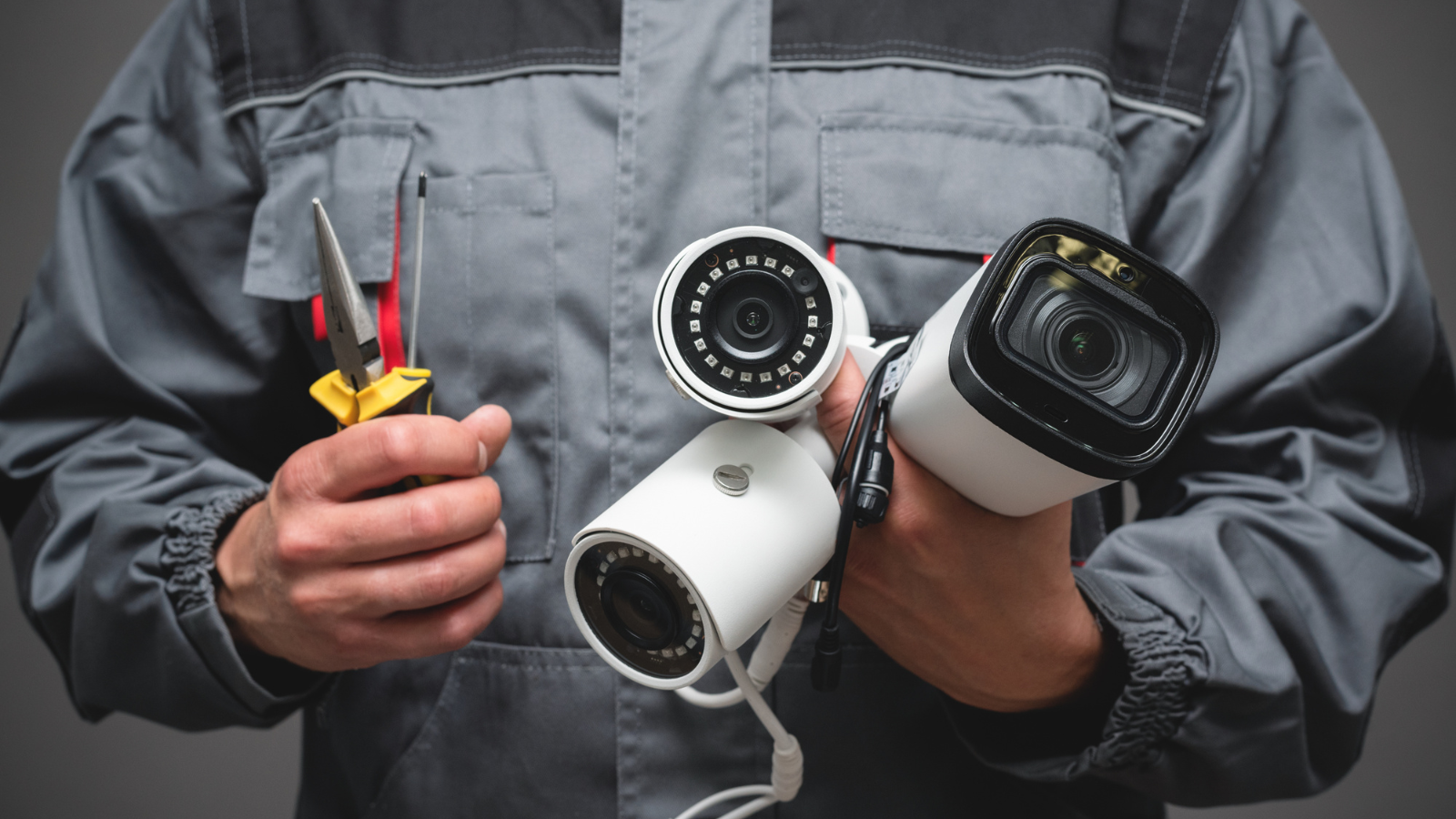Table of Contents
- Discussing security for schools can be a difficult and sensitive topic.
- Focus on Students, Not Parents.
- Will your security measures enhance or inhibit student performance?
- Does your system obstruct students from getting where they need to go in the time allotted by the school during class changes and breaks?
- Focus on Better System Efficiency
- Manage Expectations Appropriately
- Next Steps
Discussing security for schools can be a difficult and sensitive topic.
Everyone from parents to teachers and school officials agrees that classroom and campus safety are major priorities, but pouring money into school security to prevent a threat that may never materialize could be beyond the scope of sensible spending.
On top of that, the school board has to proactively balance knee-jerk reactions and anxious parents with realistic concerns when budgeting for school security.
It all boils down to a simple question: How much security is too much?
Kids should be safe when accessing any school environment, and existing security measures like access control and video surveillance already play a key role in accomplishing that goal for nearly 99% of schools
Today, let’s take a closer look at focal points that can help you spend your security budget more effectively.
Focus on Students, Not Parents.
Every parent wants their child to be safe on school grounds, and some security measures make complete sense. The National Center for Education Statistics (NCES) reports that over 90% of schools have implemented access control.
While those implementations make sense, students must adapt to the security environment that school officials create daily. They still need to live, learn, interact, and maintain a social life regardless of surveillance cameras and security plans you implement to make schools safer.
If those two components don’t seem unrelated, think again. Overbearing security and safety precautions can hinder productive learning and sound mental health, especially when drills, lockdowns, and unplanned security procedures become the norm.
A white paper released by EveryTown For Gun Safety, the American Federation of Teachers, and the National Education Association, points out that active shooter training and unplanned emergency lockdown can traumatize students and staff.
That doesn’t mean that school security is a failure or that school administrators should dismantle the emergency preparedness solutions that are already in place. However, adding more security cameras, metal detectors, and security guards — all noticed by students as they navigate the school year — may not be the answer. This is especially true when there is no clear evidence that their use actually prevents school violence.
Download Case Study – Texas School District transforming their security environment
When you’re factoring for security systems, consider the students first, then the parents. Before implementing new security technology, ask yourself the following:
Will your security measures enhance or inhibit student performance?
The security solutions that you choose for your school district shouldn’t get in the way of learning.
Something like student ID cards or faculty background checks make sense, but creating multiple access-controlled checkpoints that students need to cross to get from one side of the school is more likely to impede progress than make the environment safer.
on school safety points out that students who report feeling unsafe in the classroom — around 15% of respondents — have more absences and lower scores on math and English standardized tests.
Students, especially teenagers, and pre-teens, aren’t oblivious to the world around them. They’ve seen the news reports about school shootings at Marjory Stoneman Douglas High School (Parkland, Florida) and Sandy Hook Elementary School (Newtown, Connecticut).
Those tragedies have an impact on student mental health. According to Gallup, about 10% of parents in the United States report that their child has expressed worries about their safety while attending their K-12 school.
This is a wedge issue that requires balance. Working together with law enforcement and physical security, your surveillance system must protect students by providing emergency response when things go wrong. Taken to unreasonable levels, though, the result can make schools feel like a prison — and that may not be ideal if you’re trying to create a proactive learning environment.
24 Helpful Security Resources for K-12 Schools
Does your system obstruct students from getting where they need to go in the time allotted by the school during class changes and breaks?
Security is often overlooked when schools engage in operational policymaking.
When creating a class schedule and determining how long students should have to shuffle between classes, it’s easy to forget that an access-controlled door or a metal detector at the entrance to a connected building can impede transit time, resulting in penalties for students who arrive to class late.
And nobody wants to have precious minutes taken from their break just because they went to the outdoor recess area.
At the same time, this has to be balanced with some hard facts. For example, bullying and harassment are still threats to watch out for, even though they’re less prevalent now than in the past. The same is true for school fights, with just 8% of students reporting being in a physical fight over the course of a year, down from 16% in 1993.
When you’re trying to balance what works best for the students and what keeps them safe, ensuring that the correct policies and that your electronic surveillance is best positioned to accommodate those policies are two key components to a successful implementation.
Can your system provide the information to protect students when minor incidents occur?
Despite all efforts to create safer schools, incidents will still occur. When something goes wrong, can your system actually provide information to law enforcement and school administrators in a timely fashion?
For that to happen, your system needs to capture an incident as it takes place and provide responders with enough time and information to respond.
Misplaced security can also have disastrous results in improving school safety or providing law enforcement with the critical details they need to resolve an outstanding incident, especially if students congregate in areas where surveillance is thin.
That means ensuring camera placement is set up appropriately and that it’s easy to access and locate your data feeds quickly.
A study from Eagle Eye Networks, a cloud-based video surveillance platform, talks about security camera placement for school security cameras. Of the study respondents, they found that:
76% prefer school security cameras at entrances and exits.
62% prefer hallways.
53% prefer lunchrooms, playgrounds and gyms.
36% prefer cameras in classrooms.
18% prefer locker rooms and bathrooms.
School boards and administration officials have to strike a balance between security and privacy when creating effective surveillance systems, which can be difficult to do in the wake of national tragedies like those experienced in the last several years.
Download – Free Security Risk Self-Assessment Document
Focus on Better System Efficiency
Overall, security for schools is still a hot topic, and school security systems are experiencing a growth boom. In 1999-2000, only 19% of schools reported using security cameras. By the 2015-16 school year, that number jumped to 81%, according to data from the National Center for Education Statistics.
The problem that many schools are experiencing is that, while they may have the equipment they need to focus on violence prevention, they don’t have the infrastructure to make sense of all the data they receive.
This is a problem because, without the right system in place, security system managers and school officials will have a much harder time making sense of how incidents occur and what could have been done to prevent them.
It’s also a problem because more people are involved in school security now than ever before. In 2015, 70% of students aged 12-18 reported the presence of school security guards or police officers at their school, according to research completed by the National Association of School Psychologists.
While school resource officers and guards may be a welcome addition to the school, they’ll also burden your security system manager with additional requests for information. By improving your system efficiency and how you handle and access data, you may actually find that you can do more with less.
Rather than simply adding new equipment for the sake of purchasing something new, it may be wiser to invest in products and services that help you optimize performance through better security system management. Knowing where everything is located across your entire network to access relevant information quickly may be more important than upgrading system components that are only midway through their product lifecycle.
Don’t just add new equipment for the sake of adding new equipment. Figure out how to manage what you have so that you can quickly access and provide relevant data upon request.
Manage Expectations Appropriately
Everyone remembers a tragedy. When homeland security gets involved or a gunman broadcasts a manifesto on social media before storming a public school, those actions reverberate across the country. These tragic outliers receive outsized media coverage and skew the security narrative in a very specific direction.
For school administrators, that’s a problem because there is a huge difference between once-in-a-career tragedies and everyday security problems that the average campus will experience over the course of the school year.
When you’re trying to determine security for your school, you must balance the likelihood of a rare incident with the everyday needs of the faculty and staff.
Some of the decisions are easy. Dedicating a section of your school emergency plan to school shootings is a great idea and may even be legally mandated. According to the NCES, in 2015-16, around 92% of public schools had a school shooting plan in place compared to 79% in 2003-04.
But at the same time that schools are trying to safeguard kids against school shootings — which happen at an average of 10 per year since Columbine – the number of overall violent incidents in schools is rising. Research from the Educator’s School Safety Network indicates that violent incidents increased by 185.5% from 2016-17 to 2018-19.
When trying to balance your school security budget and determine where you should spend money, you have to figure out what will help students and staff in an everyday scenario while being prepared for a worst-case scenario.
Finding that balance is critical.
Next Steps
Figuring out what to spend money on can be difficult, especially given the variety of security situations that schools encounter regularly.
SiteOwl can help you optimize your inefficiencies so that you can do more with less and allocate funds in a way that’s effective for your district.
Get in touch to learn how we can help.

Su Subburaj
Su is SiteOwl's CMO and leads all marketing and communications. Su has extensive strategy and management consulting experience and previously consulted for 3Sixty Integrated where she gained an in-depth understanding of digital transformation challenges in the physical security industry. When not working on strategies to expand SiteOwl's footprint, Su enjoys bad karaoke, weightlifting and traveling.
